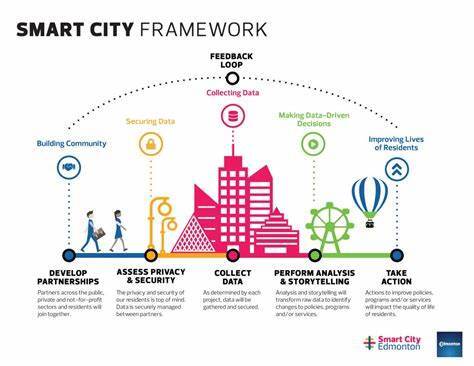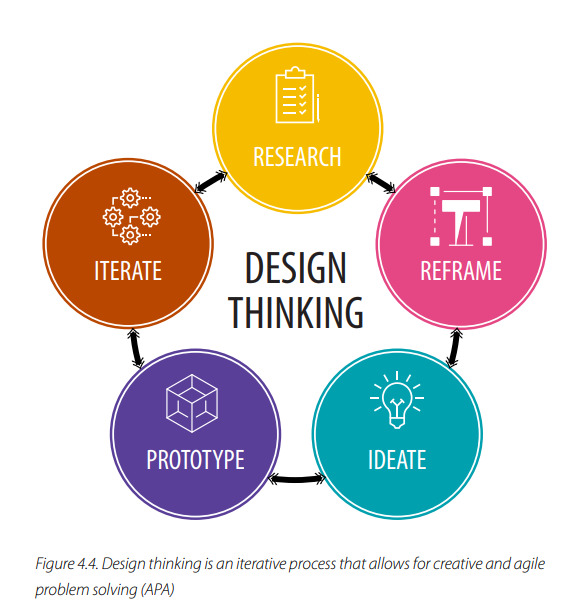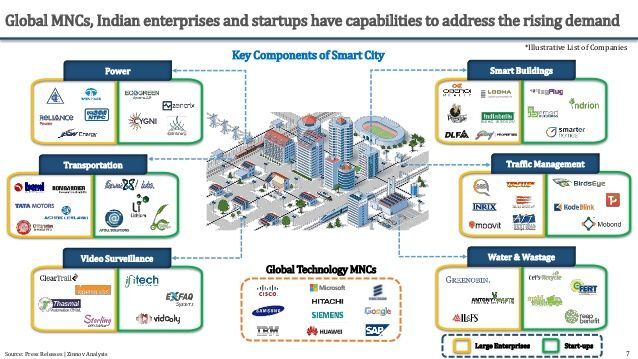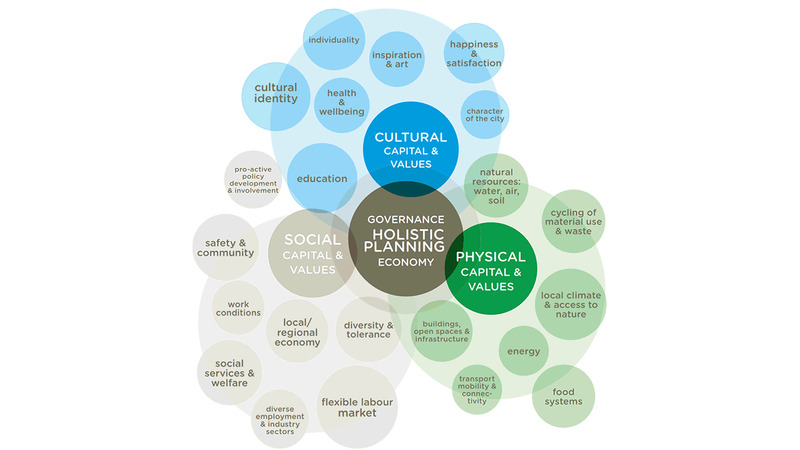The Role of Planners in Smart Cities
Planners today have at their disposal a rapidly expanding portfolio of tools, skills, and methodologies to harness for more effective planning. Two important points to know are, as change agents in their communities, planners should see innovative technologies as opportunities to improve the quality of life for all while being entrepreneurial and providing leadership for communities seeking to embrace smart city approaches. Also, regardless of the ever-changing technologies of the current moment, planners must not get distracted from their core functions and skills, which are as relevant as ever in this dynamic environment.
Key Competence to Plan with Smart Cities
There is two key competence to plan with smart cities. First, Data mining and Urban analytics. Collecting data is a very vital step in planning. Cities are able to track and collect data through various different forms. The expansion of the internet today and digital services has created a world of connected devices. Many smart city applications collect data while fulfilling their purpose for a service or system. Second, Experimentation in the virtual world. Planners create plans and implement them without further prototyping or experimenting. Planners have used urban labs to pilot smart city solutions, but this still poses challenges, urban labs are not real laboratories, but real-world settings that experiment with real people’s lives.
Strategic Foresight and Scenario Planning
Integrating foresight into long-range planning can help planners create a community vision that prepares for suture uncertainties while giving them the agility to adjust and pivot along the path toward the future. Foresight is an approach that aims at making sense of the future, understanding drivers of change that are outside of one’s control, and preparing for what may lead to success or failure in the future.
- Trend scanning: researching existing, emerging, and potential future trends and related drivers of change
- Signal sensing: identifying developments in the far future and in adjacent fields outside of the conventional planning space that might impact planning
- Forecasting: estimating future trends
- Sense-making: connecting trends and signals to planning to explore how they will impact cities, communities, and the way planners do their work
- Scenario planning: creating multiple plausible futures
Design Thinking
Another methodology to create more agility and integrate feedback into planning processes is a process called design thinking. It has the greatest value when dealing with unprecedented situations, unexpected disruptions, and uncertain change, in which the future will almost certainly be unlike the past
- Researching: understanding a situation by mapping relationships and connections
- Reframing: repositioning or reimagining the problem to achieve better outcomes
- Ideating: describing and diagramming as many responses or solutions as possible
- Prototyping: testing the most promising ideas as quickly and at as low a cost as possible
- Iterating: assessing the results and repeating the process to find the best solution
Translating Technology to Community Needs
Planners translate technology to community needs. Processes such as design thinking are useful to create the connection between the plan and the community members who will ultimately live in the city the plan was made for. Planning needs to be people-centric; smart city applications combined with the right processes can improve participatory processes, augment community engagement, and ensure focus on the individuals of a community and their diverse identities. Planners do not have to become experts in information and communications technology, but they need a basic understanding of emerging technologies to know how they can be used to achieve better outcomes for communities.
Planning Approaches
Planners can choose one of the three general approaches to planning. The first is a project-driven approach. This is by far the most common approach to date, this method consists of a local government or sponsor organization identifying and using a promising smart cities application to help solve a particular community problem or improve community service. The project-driven approach uses new tools and technologies to solve a community problem.
The second is the incremental approach. This is another option is to use an individual smart cities project as a pilot initiative not only to solve an immediate problem but also to begin developing a larger smart cities capability. Local government or other organization conducts one or several pilot smart city initiatives not only to solve individual problems and build understanding to contribute to the growth of a larger smart city ecosystem. The incremental approach can help a local government develop the knowledge and organizational infrastructure to construct a more integrated approach to building smart cities.
Third, is the Holistic-city approach. One way to do this is to take a planning-driven approach that identifies shared goals and builds an integrated portfolio of smart cities applications to pursue them. The establishment of a smart city vision and goals at the outset allows the local government to harness the power of smart cities technologies in service to community values and a larger community vision, in many cases building on the local government’s existing city-wide strategic plan or comprehensive plan. The vision and goals can then be used to create a roadmap for implementation and help prioritize individual projects to pursue, with regular feedback loops to facilitate nimble adjustments over time.
Smart City Core Values
Smart city planners use two core values. The first core value is the non-planning approach to holistic cities. This is when planners are attempting to achieve the same goals as smart cities, some non-planners have no doubt achieved some success, but others often fall short. The second core value is interior urbanism. This core value refers to large interior spaces that behave like cities in some ways.
Strategic Points of Interventions
- Vision and goal setting: planners can help engage stakeholders in setting goals and developing a shared vision for smart cities. The commitment of the planning profession to empowering all voices is particularly important in addressing the need for digital equity.
- Plan making: planners can use these plan-making skills to help develop smart cities' strategic plans. This includes organizations and plan-making process and successfully executing it to create a shared vision and a compelling pathway forward.
- Standards, regulations, policies, incentives: once decision-makers have established high-level public policies regarding smart cities, planners can help translate these into requirements for new development projects and more detailed policies, standards, operating procedures, and incentives to help implement the smart cities vision and goals.
- Development Review: planners can then apply these new requirements on a parcel-by-parcel basis where they intersect with the plan review process for proposed new developments.
- Public Investment: planners can help identify, prioritize, and, in some cases, implement public infrastructure projects to advance smart cities goals, such as smart traffic signal systems or public wifi supported by smart poles in high-use areas such as downtowns.
- Programs: planners can also help implement new programs such as online public meetings and initiatives.
- Processes: A final area of intervention for planners is to advance the use of different ways to explore and visualize the future. In a rapidly changing world, scenario planning can help communities better understand potential futures to help build greater community resilience and shorten response times to address emerging challenges and opportunities.






